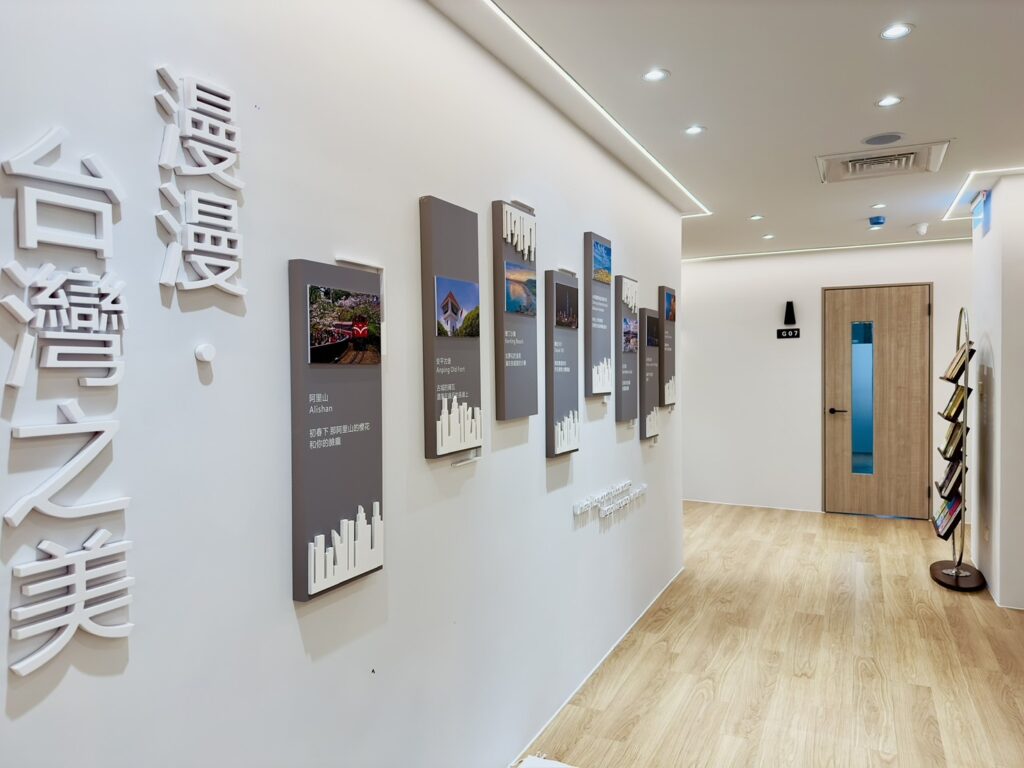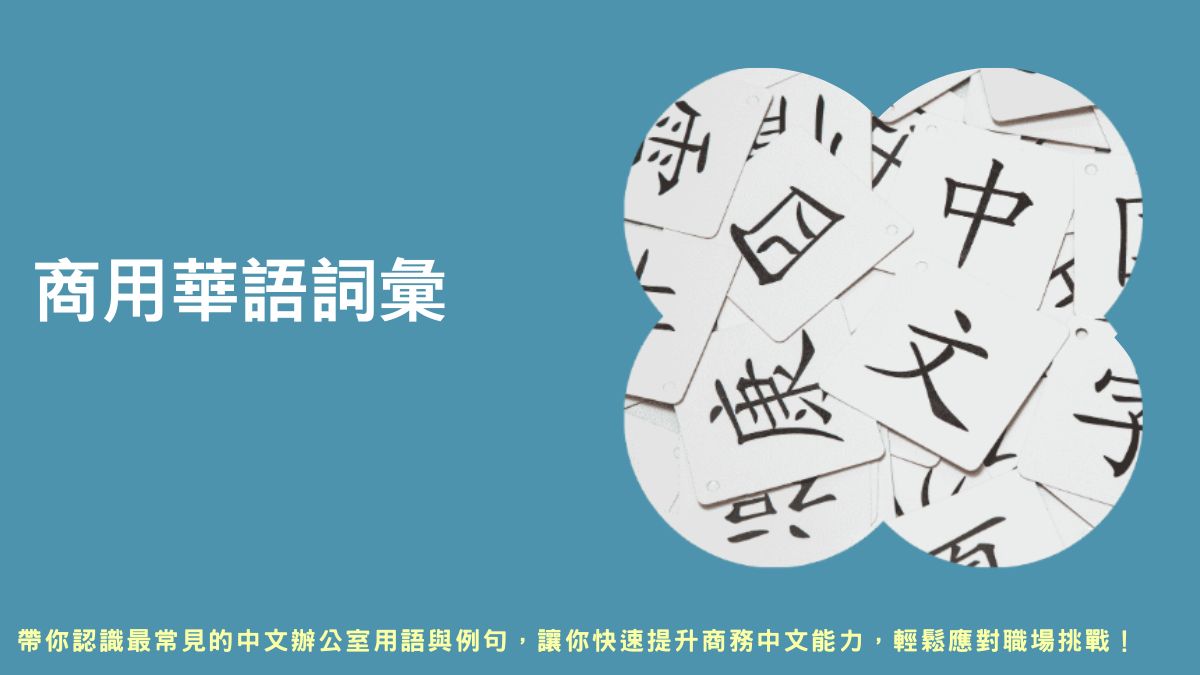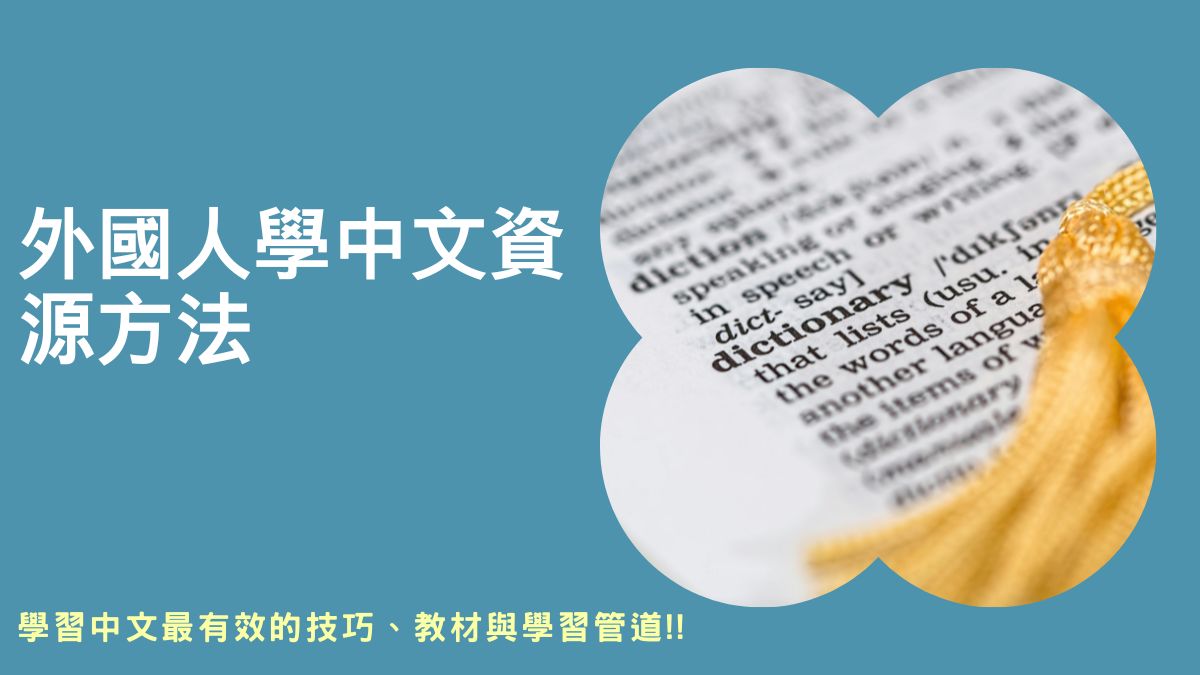In international offices, merely speaking Chinese is not enough. The true value of business chinese classes lies in teaching you how to speak appropriately, professionally, and politely. Especially for foreign professionals, “tone of speech” and “polite expression” often lead to misunderstandings more easily than the literal content. This article will analyze, from a cross-cultural perspective, common but potentially problematic communication styles in Chinese workplaces, helping you navigate the Chinese-speaking workplace with ease.

Why do business chinese classes Emphasize Tone and Politeness?
In Chinese culture, “how you say it” is more important than “what you say.” Many foreign learners are accustomed to directly translating English sentences into Chinese, yet overlook the level of politeness and tone buffering in Chinese contexts.
English vs. Chinese Tone Differences:
Even when English uses “please,” Chinese requires a higher level of tone refinement. For example:
- English: “Please send me the file.” (Polite but still relatively direct)
- Chinese: “Could I trouble you to help send this file, thank you!” (Structure more indirect, tone more rounded)
This is why business chinese classes courses specifically design tone expression simulations: to help you understand the “unwritten rules” of Chinese workplace communication, ensuring not just correct translation, but appropriate expression.
Common Tone and Politeness Pitfalls in Business Chinese Classes

1. Direct Translation Requests That Accidentally Offend
- ✘ “I want you to complete this report.”
- ✔ “Could you please help me handle this report?”
2. Overlooking the Cultural Lubricating Function of “We”
Chinese tend to use “we” to soften responsibility and tone, for example:
- “We can discuss this further” is more readily accepted than “You’re wrong.”
3. Unfamiliarity with Modal Particles
- Chinese often uses particles like “ba,” “la,” “ah” to adjust tone intensity.
- Business Chinese classes will show you how to judge whether these particles are appropriate in formal settings, avoiding sounding too casual or too rigid.
Business Chinese classes Introduce You to the Cultural Background of Chinese Workplaces
Chinese workplace communication is deeply influenced by Confucian culture. Here are the cultural sensitivity points most commonly taught in Business Chinese courses:
- Face culture: Avoid direct criticism, often using indirect expressions like “perhaps this could be improved” or “maybe there are other approaches.”
- Hierarchy: When speaking with supervisors or seniors, pay attention to respectful language and tone.
- Emphasis on interpersonal harmony: Even when disagreeing, approaches should be based on cooperation.
These cultural logics hidden behind the language are often the key to improving business Chinese communication skills.
How Do Business Chinese Classes Courses Help You Overcome Both Cultural and Language Challenges?

At Oh Young Language Center, our business chinese classes courses include a series of simulated workplace scenarios to help students not just learn Chinese, but think and speak like native speakers:
- Situational Practice: Meeting participation, requesting assistance, refusing, apologizing, expressing different opinions, etc.
- Pragmatic Analysis: Breaking down Chinese-English expression differences to avoid misunderstandings caused by direct translation
- Cross-Cultural Comparison: Enhancing your understanding of “implicit language” in Chinese culture
These teaching strategies focus on tone and polite expression, skills difficult to learn in general Chinese courses.
Who Needs Business Chinese Classes the Most?
- Foreign professionals working in Taiwan, China, or other Chinese-speaking regions
- Employees of overseas companies planning to establish business partnerships with Chinese native speakers
- Language learners who want to improve cross-cultural workplace Chinese communication skills
Why Choose Oh Young Language Center for Business Chinese Classes?

Oh Young Language Center focuses on business chinese classes in professional workplace contexts. Our courses feature:
- Content tailored to specific industries (technology, trade, services)
- Integration of real case studies. Join us now to make your Chinese not just “speakable” but “appropriately and professionally speakable.”

FAQ: Common Questions About Business Chinese Classes
Business Chinese Classes Q1: What’s the difference between business chinese classes and general Chinese courses?
A: Business Chinese classes place greater emphasis on practical workplace applications of Chinese, including tone training, politeness strategies, cultural understanding, and response techniques, which differ from general conversation courses.
Business Chinese Classes Q2: How long does it take to adapt to the Chinese workplace communication?
A: Generally, after 2-3 months of learning, you can engage in basic polite communication. With simulation practice and cultural background explanations, you can significantly improve workplace performance within six months.
Business Chinese Classes Q3: Are business chinese classes suitable for distance learning?
A: Absolutely! We offer online, real-time, interactive courses, allowing effective learning even if you’re not in Taiwan.
Business Chinese Classes Q4: What workplace expressions are most easily misunderstood?
A: Phrases like “could I trouble you,” “trouble you again,” and “not very convenient” are indirect in Chinese but may be difficult for foreigners to grasp in terms of tone intensity. This is exactly the kind of content that business chinese classes will analyze in depth.












